SCIRA Team Race
By Pietro Fantoni The sub-committee called "Junior Promotion" has studied a new idea for attracting junior teams: team racing. We had a lot of discussion inside the sub-committee and then between all the members of the Promotion Committee. We decided to involve a very good Snipe sailor in the discussion who is also a well-known team racing expert: Gavin O'Hare from Annapolis. Actually this idea could be good for promoting not only junior activity but Snipe activity in general. But for now we are focusing our attention mainly on Junior activity. At the end of this article you can find a powerpoint document and a draft of a N.o.R. I want to thank Cesar Travado, Kathleen Tocke, and Gavin O'Hare for their hard work. Also, very soon, Gavin will post on ST an article called "Growing Team Racing" and then another called "Best Practices" about how organize a team racing event. Stay tuned and good reading! (Photo courtesy of Matias Capizzano)...
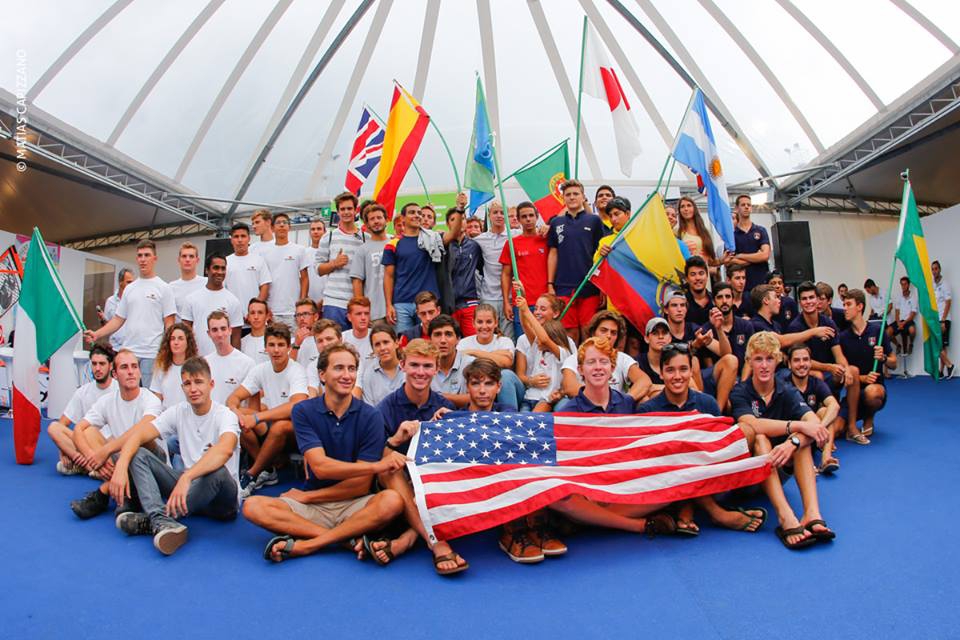

By Pietro Fantoni
The sub-committee called “Junior Promotion” has studied a new idea for attracting junior teams: team racing. We had a lot of discussion inside the sub-committee and then between all the members of the Promotion Committee.
We decided to involve a very good Snipe sailor in the discussion who is also a well-known team racing expert: Gavin O’Hare from Annapolis.
Actually this idea could be good for promoting not only junior activity but Snipe activity in general. But for now we are focusing our attention mainly on Junior activity.
At the end of this article you can find a powerpoint document and a draft of a N.o.R.
I want to thank Cesar Travado, Kathleen Tocke, and Gavin O’Hare for their hard work.
Also, very soon, Gavin will post on ST an article called “Growing Team Racing” and then another called “Best Practices” about how organize a team racing event.
Stay tuned and good reading!
(Photo courtesy of Matias Capizzano)
…
SCIRA Team Race
Goals:
- Promote junior & female participation.
- Promote countries with few resources; these kind of events can be organized at a low cost.
- Create another entry point for newcomers to the Snipe class.
- Show that the Snipe is more than a fleet boat.
- Highlight a new, dynamic & exciting side to our class.
- Increase visibility outside the class, in social media and sailing publications.
Resources:
Team Race Regattas, depending on the course options, can be run at a low cost.
- RIBS: 3 RIBs required (Jury, mark boat, RC boat)
- MARKS: 2 course marks + 1 buoy for the start / finish line
- RACE OFFICE: Not necessary
- MEASUREMENT: Not necessary
- STAFF: 5 – 6 people (2 RC boat + 1 mark boat + 2 jury)
Teams:
To promote the Junior & Female members in Snipe Class, each team must have two female and two junior members.
There is no limit in changing positions. A skipper in one Round Robin race may be a crew in another race as long as s/he stays within his/her team. The members of a Team can move freely from one position to other.
Changing positions is permitted while racing.
Regattas can be run with either 3 or 4 boat teams. There are pros and cons to each option as follows:
Three (3) boat team:
Pros:
- Cheaper travel (6 people)
- Small courses (5-7 minutes) that may be set close to club/spectators
- Easy to find boats for those not bringing their own boats
- Only 1 jury boat required
- Easy for small countries to attend
Cons:
- Less exciting racing
Four (4) boat team:
Pros:
- Very active races and exciting situations
Cons:
- More expensive travel (8 people)
- Courses have to be bigger
- More boats required, which increases the difficulty of finding boats for those not bringing their own
- Probably the fleet will divide into 2 groups (4 ahead and 4 behind), so 2 jury boats may be required.
Courses:
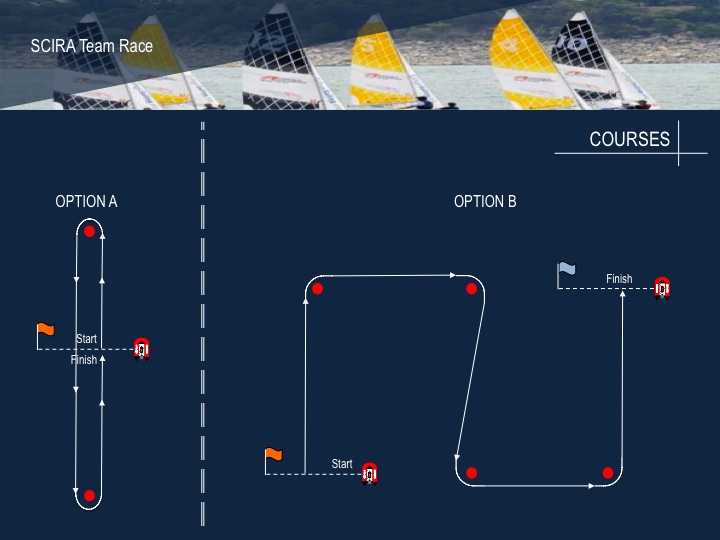
Other Considerations:
From Kathleen Tocke:
– 1) We need to limit the number of teams. It is impossible to have an open regatta. Almost all major team racing events are limited because you must get through rotations and move up the ladder to quarter finals and semi finals.
* Eliminations in larger countries is a good thing = more Snipe team racing within a country = more fun for kids and more clubs involved.
* Remember, if there is little wind or too much, it is impossible to get through rotations = no regatta. It’s not like a regular regatta where 3 races constitutes a regatta, you need to do more like 50 races to complete. With too many teams, this is impossible.
– 2) If we want to attract new young people to the Snipe Class, we need to add a fleet race into the equation.
* In US most kids will hate the Snipe as a Team Racing boat – it is very heavy and complicated, compared to other boats that are used for team racing. The Optis, 420s, and Larks traditionally used for team racing are light and very maneuverable.
* Kids will join the Class for the team racing regatta, but most will never do a fleet racing event, so you have not really added any new people to the local or regional Snipe racing scene – not helped growith of the Class.
* If the kids know they must also perform in a fleet race, they are more likely to participate in a local regatta to practice.
From Gavin O’Hare:
– I like 3v3 better than 4v4 for beginners. 3v3 is more of a chess game and easier to understand. I think this also makes for more exciting racing – if the teams are evenly matched in skill.
– Regarding courses, you may also want to consider option C – A port rounding box/rectangle course. This gives the opportunity for passbacks on reach legs and more mark trap options.
– Regarding format, we talked about fleet racing on the first day and then using results to form more competitive teams. This may not work if the teams come to the regatta already formed.
From Kathleen Tocke
– a) How many teams to invite
– This really becomes a function of how many boats you have to sail. My rule of thumb is to create a regatta where teams sail more than half the time…and ideally two thirds the time. If we have boats for only two heats (12 boats for two 3-on-3 heats) target six teams but no more than eight. More sailing translates to more satisfaction/enjoyment. Also, having more teams than boats can create problems completing round robins.
* Kathleen’s Note: A Round Robin is a complete rotation – each team has raced against all the other teams.
– b) 3-on-3 vs. 4-on-4
– There are people on both sides of this discussion but LYC prefers 3-on-3 for the following reasons:
* You need to provide fewer boats
* The teams require fewer sailors so it’s easier to field teams
* It’s less expensive if you’re providing meals
* Fewer prizes to purchase
* Competitor/RC scoring calculations are easier to figure – more important for the sailors who only have to remember combinations up to ten points.
* There are fewer boats on the starting line so less opportunity for accidents or damage
* With a three-dock changing platform, you can have three boats on either side and do a double swap more efficiently
From Cesar Travado
I think we can not forget the original basics for this Team Race:
– Low cost
a) For organizers: meals, picnics, trophies, staff, etc
b) For competitors: the less number of sailors to travel the most cheap.
– Boats:
a) If some Teams want to bring their own boats, they can. But the organizers will have to make available boats for those Teams not bringing their own (6 boats at least). The more competitors not bringing their own boats, the more difficult for small countries / clubs.
– Promote:
a) Small countries/clubs could be out because of the above.
b) New sailors will need boats.
c) It is easy for a small country to complete a Team within the conditions (2 juniors & 2 female, at least)
About Fleet Racing, I don´t see how to run a Fleet Race Regatta on the same dates (the last day or whatever) if some people are not bringing boats.
For me, the Team Race program:
Day 1: Round Robin
Day 2: Round Robin and Finals
Teams: 3 boats each
Comments for this post are closed

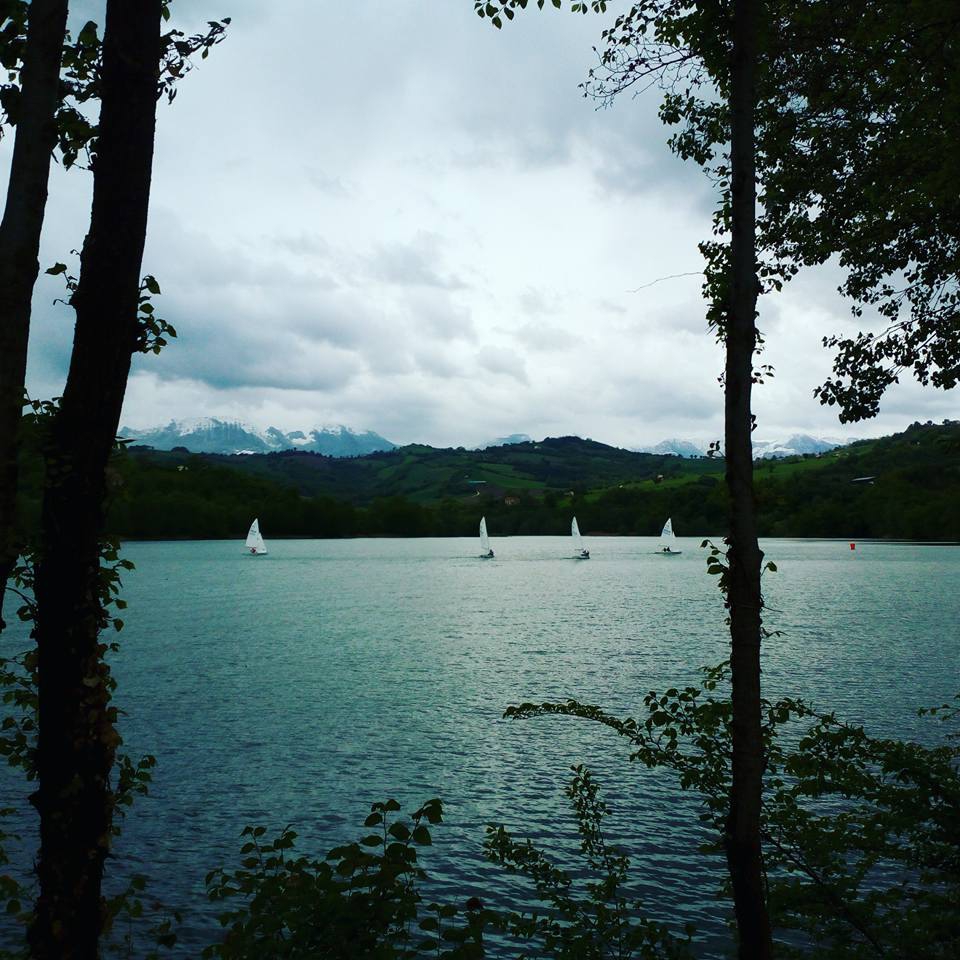
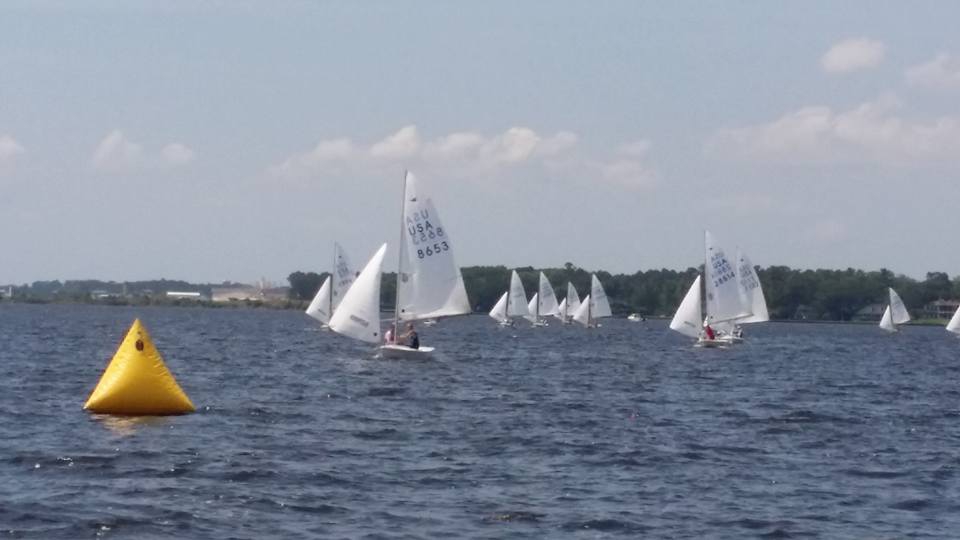
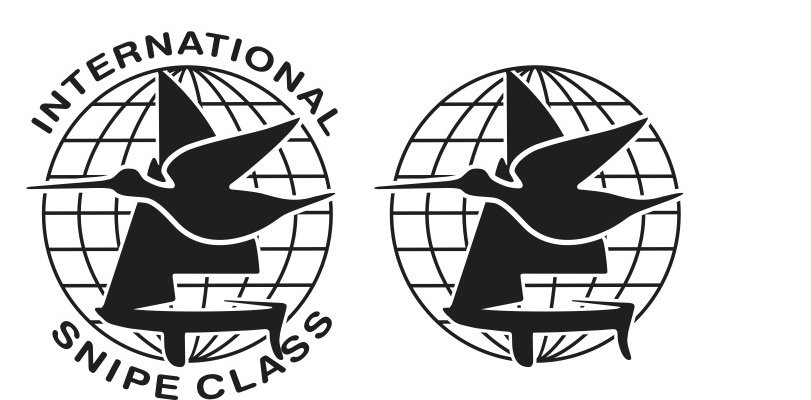
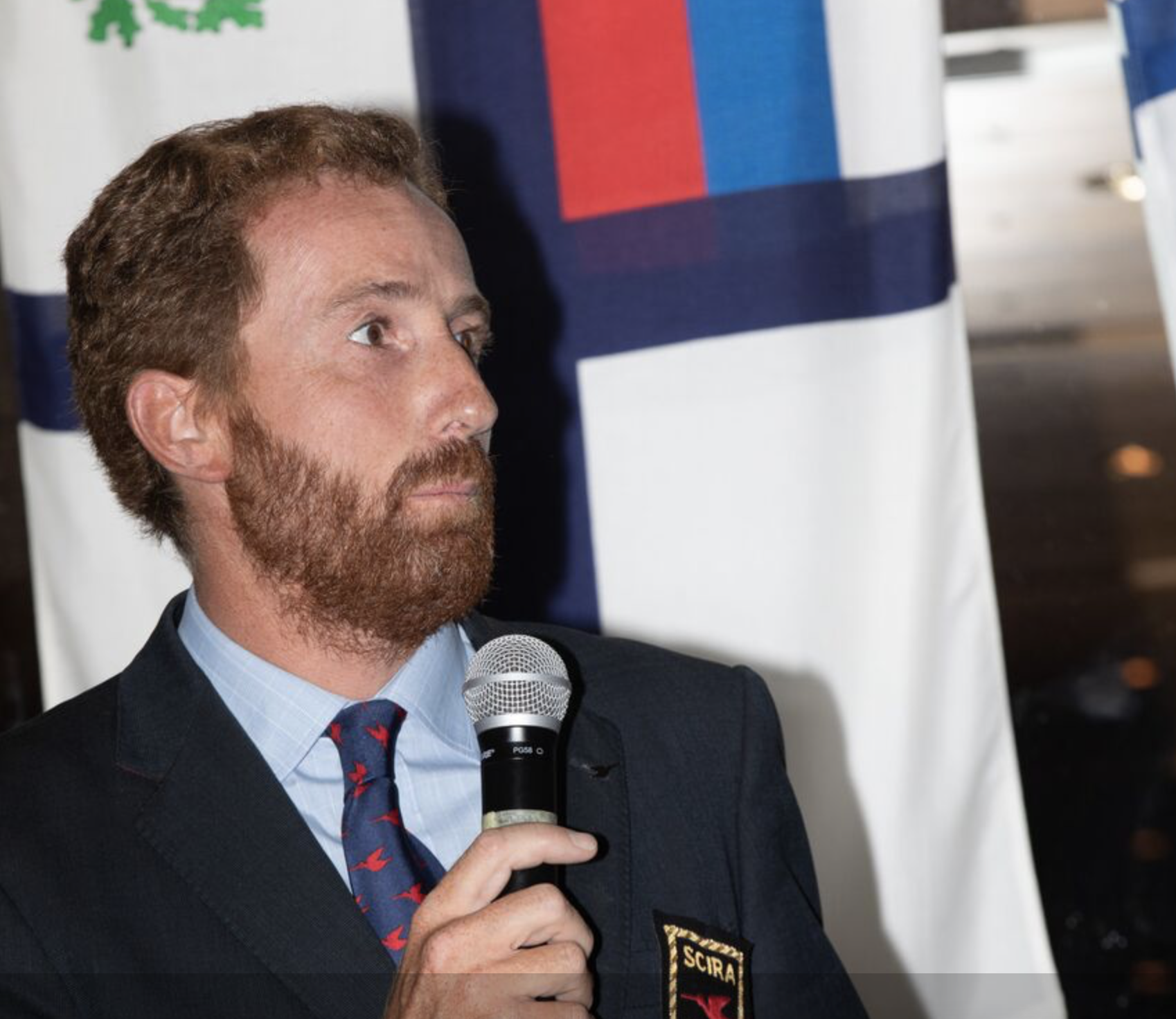
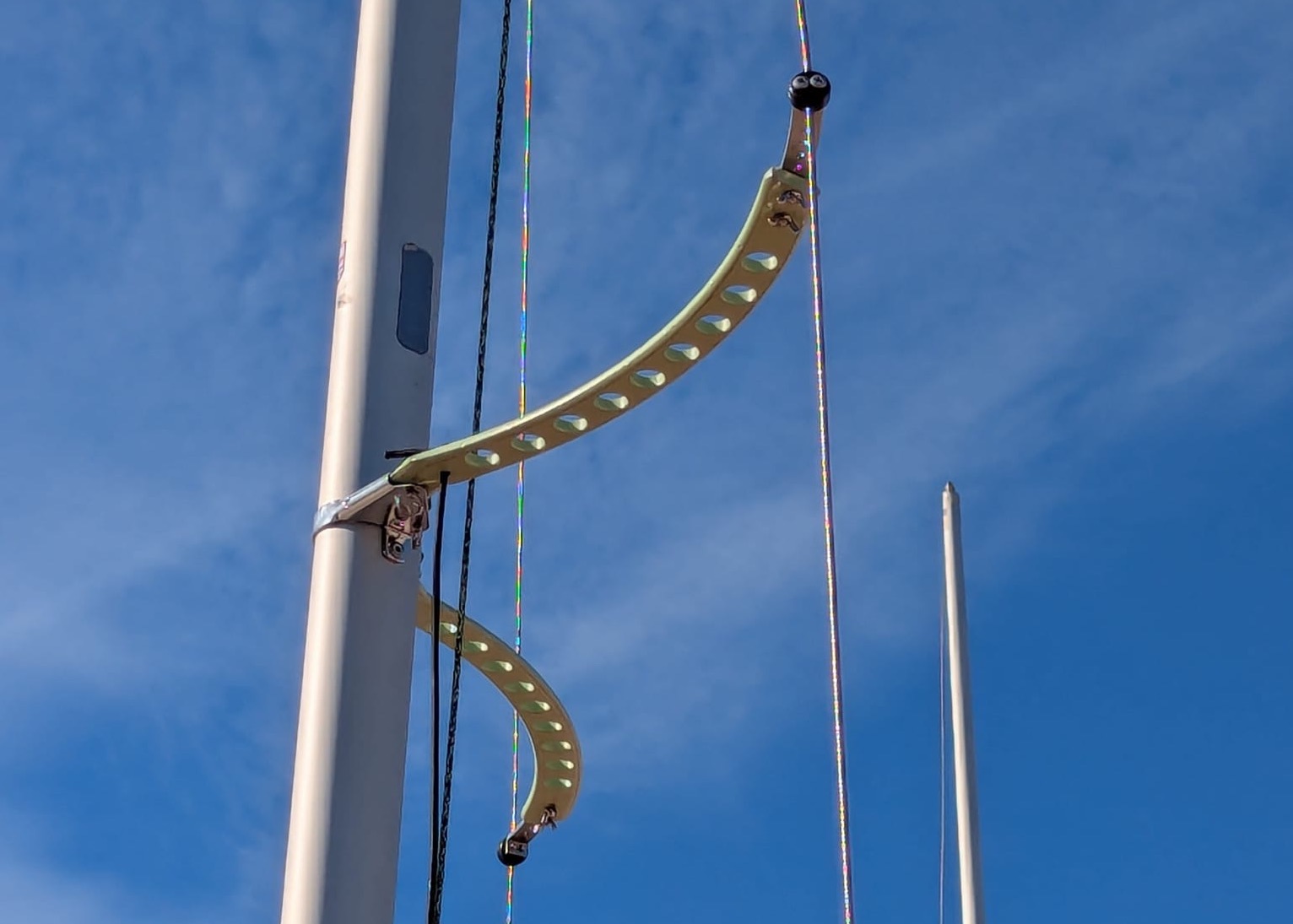
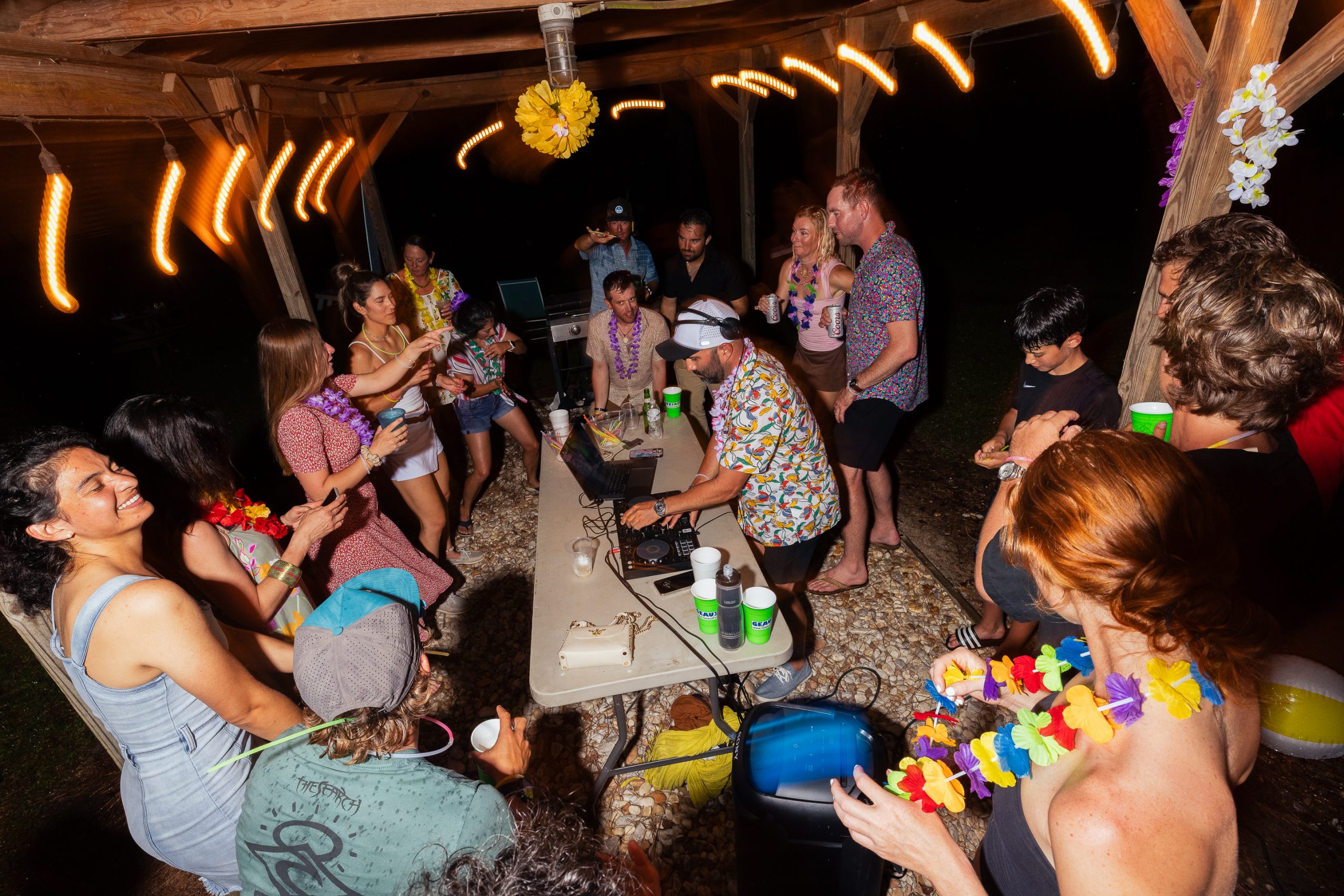

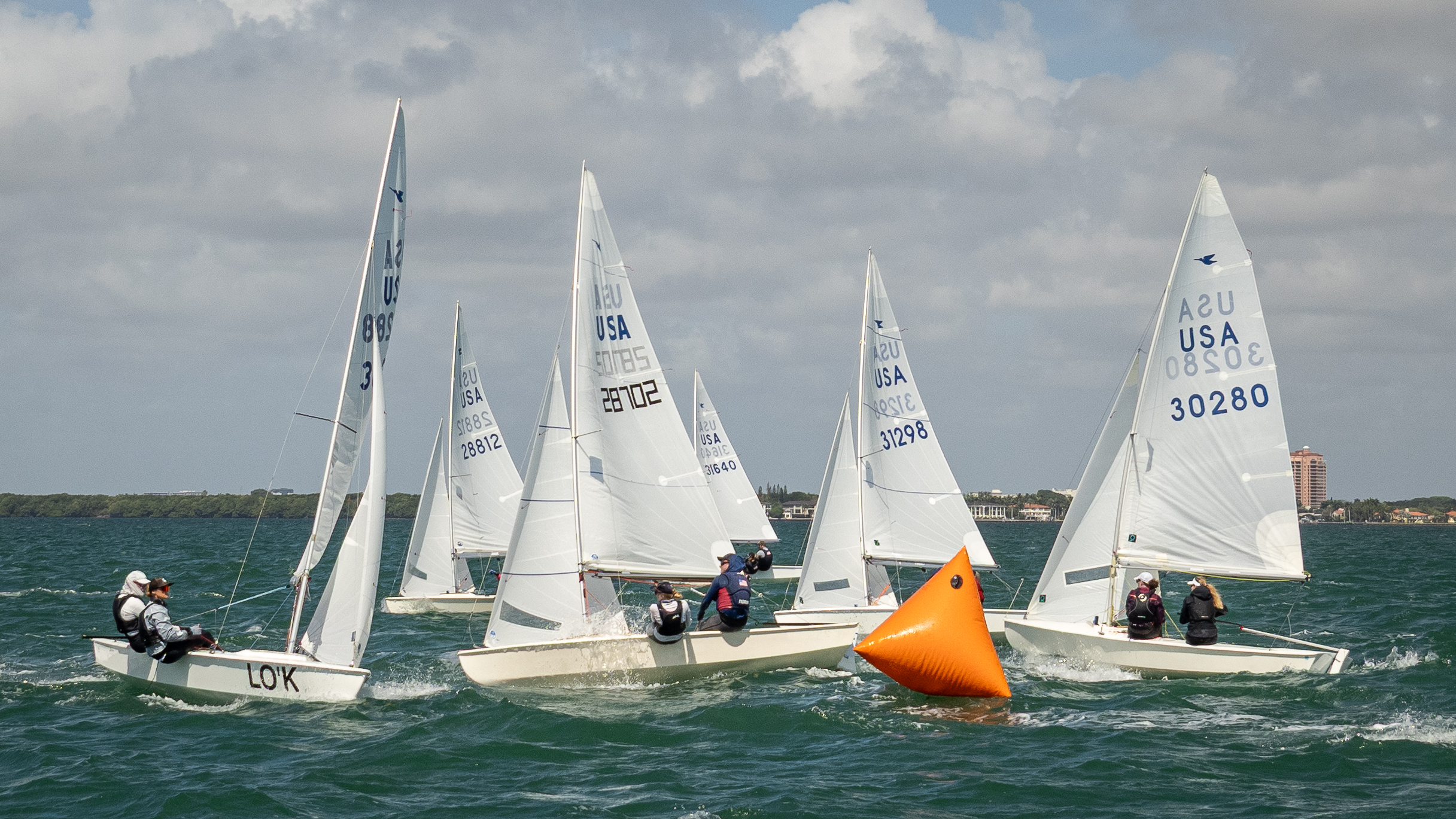
0 comments